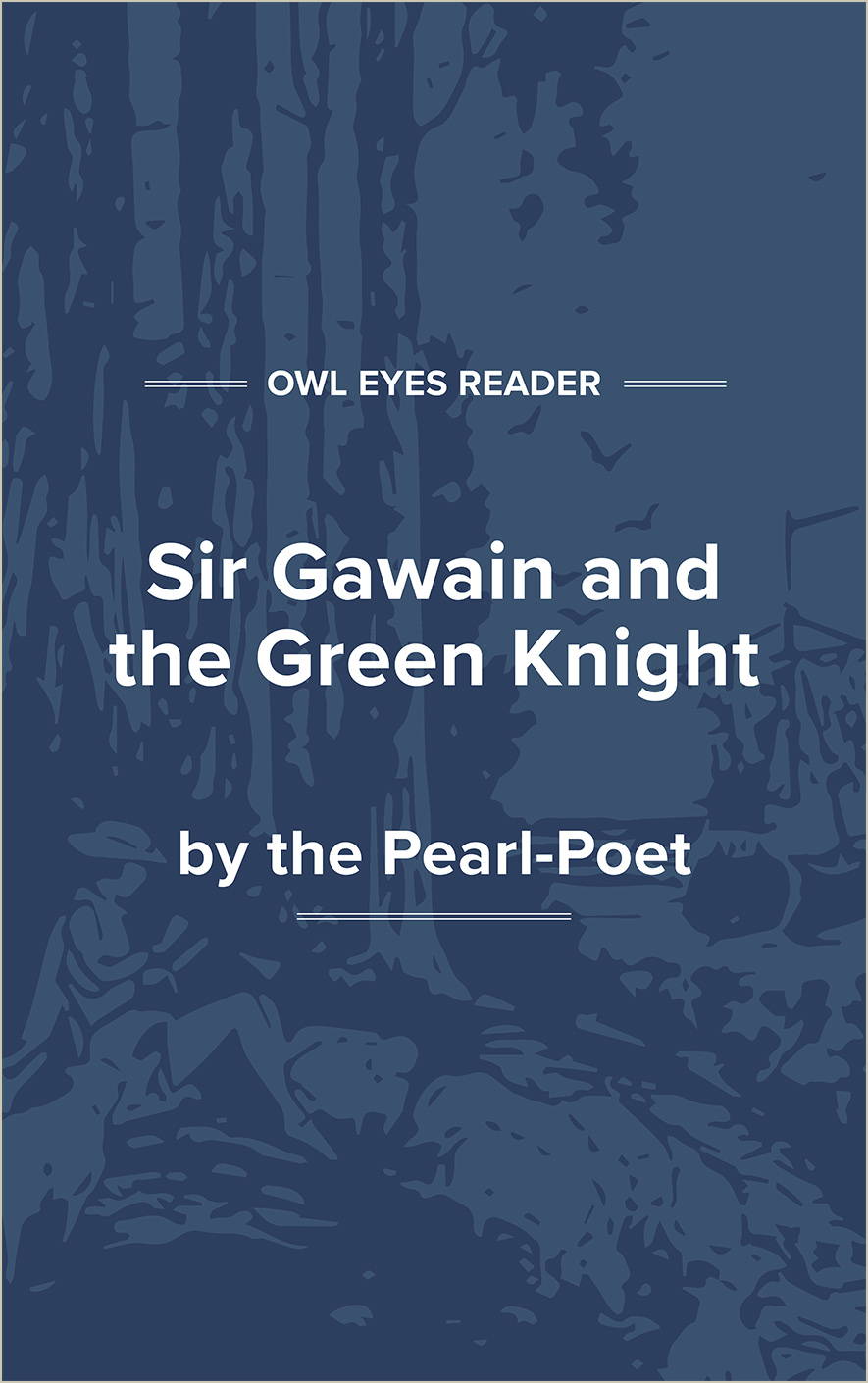- Annotated Full Text
- Approx. Reading Time: 3 hours and 52 minutes
The only surviving manuscript of “Sir Gawain and the Green Knight,” now housed in the British Library in London, dates to the late fourteenth century; its author is unknown. The story, composed in verse, is written in the Middle English dialect of the Midlands in England, known today as Lancaster and Yorkshire. Structured in four “fyttes” or sections, the text is a chronological narrative recounting Sir Gawain’s initial encounter with a mysterious Green Knight at King Arthur’s court and the results of Gawain’s accepting the Green Knight’s challenge to Arthur and his knights. The tale primarily focuses on Gawain’s quest the following year to preserve his honor by finding the Green Knight and following through on what he had promised to do in accepting the challenge. Considered one of the finest stories in Arthurian literature, “Sir Gawain and the Green Knight” embodies the conflict between the Arthurian code of chivalry and courtly love and illustrates the influence of Christianity in Europe in the Middle Ages. Most notably, it casts Arthur and Gawain as flawed characters given to human failings.
For well over a thousand years, tales of King Arthur and his knights of the Round Table have flourished in Western literature as writers through the centuries retold old tales, crafted new stories about Arthur and his court, and created characters that became part of Arthurian legend. The original Arthur, according to modern historians, was a dux bellorum, a Welsh war chief in the sixth century who led the fight against the invading Saxons; according to medieval historians, Arthur died in the Battle of Glastonbury in southwestern England. Stories about Arthur’s courage and bold feats were handed down from one generation to the next in Britain, making their way into print in 817, when a monk named Nennius wrote an account of Arthur’s life that blurred history with myth. In the twelfth century, Arthurian legends were assimilated into French literature, and the concept of courtly love found in French romances worked its way into the stories.
- Annotated Full Text
- Approx. Reading Time: 3 hours and 52 minutes

